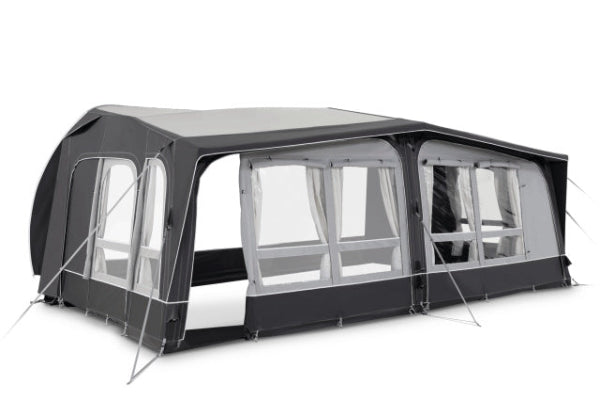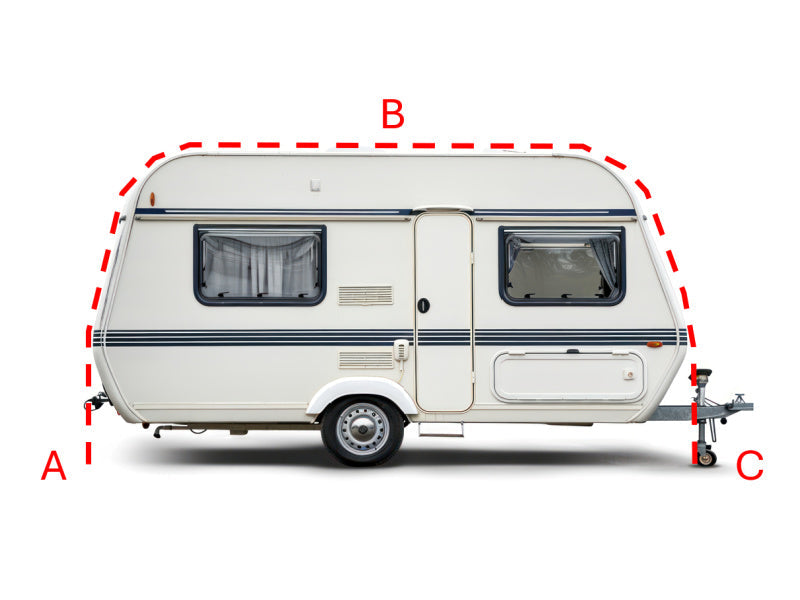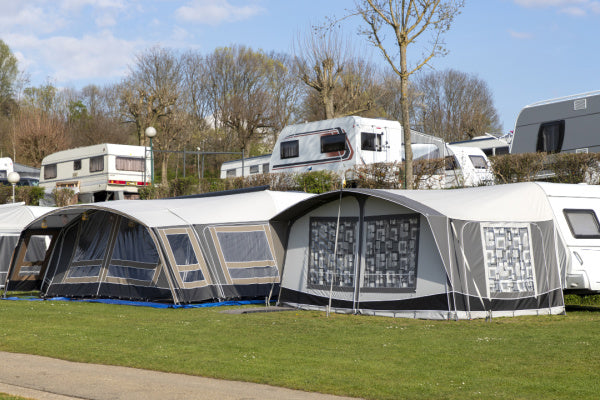What is a Shepherds Hut?
Ever wish your garden shed had charm, wheels, and a wood stove? That’s a Shepherd’s Hut — a cosy countryside cabin once for shepherds, now your dream escape or office. Think rustic romance meets practical magic. Curious how they evolved and why everyone wants one? Keep reading.
The Historical Origins of the Shepherd's Hut
A Shepherd's Mobile Home During Lambing Season
The shepherd's hut has been a familiar sight in the British countryside for centuries. During lambing season, it served as a mobile base for shepherds who needed to stay close to their flocks.
These huts provided shelter during long, cold nights and offered a warm, dry place to rest between rounds.

How They Provided Shelter and a Storeroom on the Downs
As well as sleeping quarters, shepherd’s huts acted as secure storage. Tools, feed, and basic provisions could be kept safely inside.
They were sometimes used to shelter sick animals or lambs in bad weather. Their compact, multi-use design made them an essential part of rural life.
The Decline and Recent Revival of the Hut
With the arrival of modern farming equipment, traditional huts began to disappear. For a time, they were left forgotten in fields or dismantled.
But in recent years, they’ve made a stylish return. People now repurpose them as glamping retreats, studios, or garden rooms — breathing new life into this humble design.
Defining Features of a Traditional Shepherd's Hut
The Iconic Cast Iron Wheels and Turn-table Chassis
One of the most recognisable features is the set of cast iron wheels. These allowed the hut to be moved between fields with ease.
Some models also featured a turn-table chassis, helping with manoeuvrability. It was this mobility that made them so practical for life on the move.
Distinctive Curved Roof and Corrugated Cladding
The curved roof — typically made from corrugated iron — is both iconic and functional. It helped rainwater run off easily and gave the hut its signature silhouette.
Wooden cladding or weatherboarding was often used on the sides. This combination gave huts a strong yet rustic finish that suited the outdoors.
A Small Stove for Warmth and a Hinged Stable Door
Inside, you’d usually find a small wood-burning stove. It kept the space warm throughout the seasons.
Most huts also had a stable-style door. These allowed light and air in, while keeping animals out — a smart touch that adds to their charm today.

How are Shepherd's Huts Used Today?
Luxury Glamping Pods and Holiday Lets
Shepherd’s huts are now widely used for holiday stays. They offer a luxury glamping experience with modern comforts like heating, plumbing, and even Wi-Fi.
Guests love their cosy, back-to-nature appeal. It's a charming alternative to more traditional holiday rentals.
The Perfect Garden Office or Artist's Studio
With more people working from home, shepherd’s huts have become popular office spaces. They’re quiet, private, and full of character.
Writers, artists, and remote workers use them as creative havens. It’s a great way to separate work life from home life without leaving your garden.
Extra Guest Accommodation and Annexes
A shepherd’s hut also works beautifully as a guest room. It’s self-contained, welcoming, and a little bit different.
Visitors enjoy having their own space while still being close to home. Some families even use them as annexe rooms for older children or relatives.
A Unique Alternative to a Summerhouse or Shed
If you’re tired of basic sheds or summerhouses, a shepherd’s hut is a wonderful upgrade. It offers more insulation, style, and flexibility.
Whether you use it for hobbies, naps, or storage — it makes a statement. Rustic on the outside, functional on the inside.

Shepherd's Hut vs. Tiny Home: What's the Difference?
Comparing Size, Mobility, and Design
Tiny homes and shepherd’s huts are often compared — but they’re not quite the same. Shepherd’s huts are usually smaller and built with simplicity in mind.
They’re more portable, with wheels and lightweight structures. Tiny homes, on the other hand, are designed for full-time living and often need more infrastructure.
Are They Considered Caravans or Buildings?
Legally, shepherd’s huts often fall under the same rules as caravans. This can make them easier to install without full planning permission.
However, it depends on how you use them and whether they’re fixed in place. Always check with your local council if you’re unsure.
Other content you might like:
- Where To Buy A Shepherds Hut
- Do You Pay Council Tax On A Shepherds Hut
- Is A Shepherds Hut A Good Investment
- How To Sell A Shepherds Hut
- Are Shepherds Huts Mobile
- Are Shepherds Huts Warm
- How Long Do Shepherds Huts Last
- How To Roof Shepherds Hut
- How To Transport A Shepherds Hut
- How Much To Rent A Shepherds Hut





Leave a comment